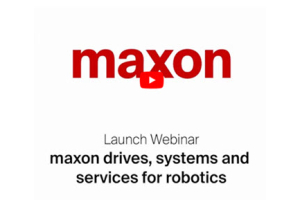IEC 61131-3 is the third part (of 8) of the open international standard IEC 61131 for programmable logic controllers, and was first published in December 1993 by the IEC. The current (second) edition was published in 2003.
Part 3 of IEC 61131 deals with programming languages and defines two graphical and two textual PLC programming language standards:
- Ladder diagram (LD), graphical
- Function block diagram (FBD), graphical
- Structured text (ST), textual
- Instruction list (IL), textual
- Sequential function chart (SFC), has elements to organize programs for sequential and parallel control processing
What are the advantages of using a 61131-compliant language?
There are several key advantages to using IEC61131-3 soft PLC languages, including:
IEC61131-3 is a standard; program code written in one of its five languages (Ladder Logic, Function Block Diagram, Structured Text, Sequential Function Chart, and Instruction List) will be recognizable to a programmer regardless of the manufacturer’s product on which they learned the language. The code will also be largely transferrable between products even among different manufacturers.
With five different languages that have varying pros and cons it is possible to code different sections of a program to take advantage of the language that best suits that program section.
The majority of the IEC61131-3 languages are based on languages from the major hardware PLC vendors. Users with prior hardware PLC experience are likely to find that the programming language they are already familiar with is part of the IEC61131-3 package.
It is important to note that while the languages are standardized, the software itself will vary between manufacturers. This means that code written in one manufacturer’s software can’t be directly loaded to another manufacturer’s software. It may be possible to copy it from the original and paste it in and the code itself can generally be reused, but one would not be able to load and run a program from one manufacturer’s software in another’s.
Additionally, manufacturers often add enhancements to the basic IEC61131-3 capabilities within one or more of the languages. These enhancements add capabilities a specific manufacturer sees as beneficial to its customer base. Since these enhancements are outside the standard they will not be transferrable to other manufacturer’s implementations of IEC61131-3. This is likely the reason that some programmers will indicate their languages don’t comply or were the “vendor’s version.”
It should be noted that the enhancements are typically additions (not changes) to the languages basic capability, so if the user does not use the enhancements and stays within the basic structure and commands of a given language it will be transferrable.





